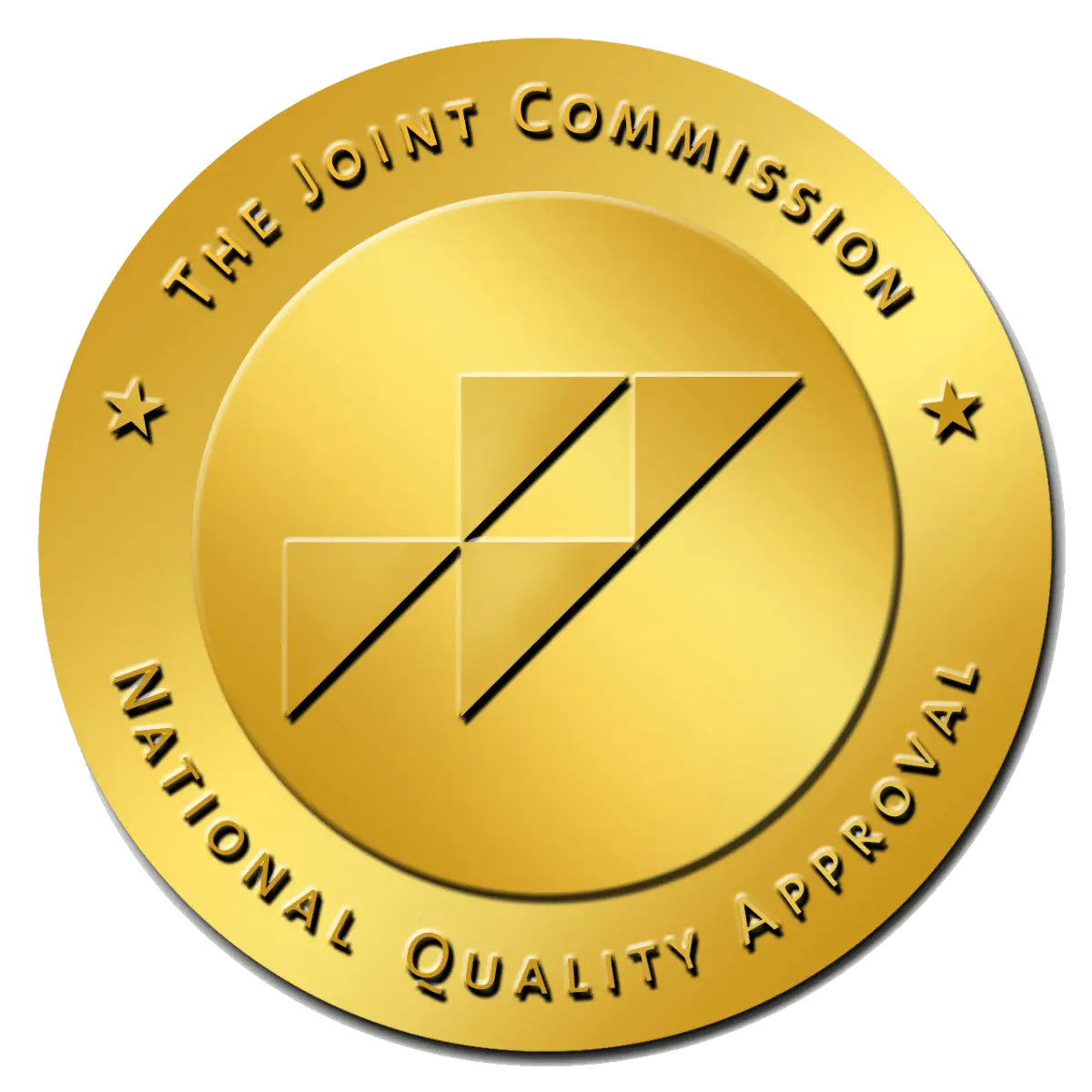When Trauma Slips into Addiction
Living in fear. Terrified no one will come, yet terrified someone will. No relief, just fear and dread. No sense of control and a profound sense of isolation. This can be the experience of a person with a traumatic story.
The daily struggle to keep trauma-related memories locked down and out of mind is exhausting. Over time, a person can develop skills to cope. Even after years, though, on a bad day, those coping skills are overwhelmed and the traumatic memories surface. A bad day can come on because of something as simple as feeling fatigued or overly busy, trying to meet unrealistic expectations, or having an argument with family or friends. These all cause stress and when stressed, our defenses weaken. Traumatic memories can also surface when a person is relaxed or happy, even asleep — times when our self-protective barriers are lower.
If the trauma occurred during childhood, which is the case for many people struggling with addiction, often they did not get the services they needed at the time, and likely they had no advocate. The harmful effects of prolonged and repeated experiences of abuse, abandonment, molestation and chronic neglect run deep. What makes these experiences traumatic is the lack of a safe adult to count on for help or comfort.
It is not just that something very bad and frightening happened, but that the relationships surrounding the event failed to provide any protection. Too often, the adult whom the child had to count on for basic needs is also the source of terror and dread. When the hand that rocks the cradle is also the hand that hurts, the experience becomes traumatic for the child.
Trauma victims feel isolated and vulnerable. They try overly hard to fit in and may make poor choices in an attempt to be accepted. That need to be accepted often includes high-risk behaviors. They feel deep isolation. The “aloneness” experience can last a lifetime and is the exact opposite of what people need in order to find some sort of security and mental health.
Correlation Between Addiction and Trauma
The road between substance abuse and trauma is a two-way path. Trauma increases the risk of developing substance abuse, and substance abuse increases the likelihood of being re-traumatized by engaging in high-risk behavior. It is also true that individuals who are abusing drugs or alcohol are less able to cope with traumatic events.
Studies of people with drug addictions repeatedly find extraordinarily high percentages of childhood trauma. The Adverse Childhood Experiences (ACEs) study offers compelling evidence:
• For each noted adversity, the risk for early initiation of substance abuse increases two to four times.
• Subjects with five or more ACEs are seven to 10 times more likely to become substance abusers.
• Nearly two-thirds of IV drug users report abusive and traumatic childhood events.
• Individuals with three or more traumatic childhood experiences have higher rates not just of alcohol and drug abuse, but also depression, domestic violence, sexually transmitted diseases and heart disease, according to an ACEs study.
And, according to the Substance Abuse and Mental Health Services Administration (SAMHSA):
• 75 percent of women and men in substance abuse treatment report histories of abuse and trauma.
• 97 percent of homeless women with mental illness report severe physical or sexual abuse.
• 12-34 percent of individuals in substance abuse treatment have PTSD.
• About one-third of people exposed to trauma develop PTSD. Men report higher incidences of trauma, but women are more likely to develop PTSD.
Looking for Comfort
It makes perfect sense that an individual who is flooded with shame, dread, fear and anxiety needs a source of comfort. That comfort can be temporarily found by drinking alcohol, unhealthy sexual behavior, gambling, drug abuse and even compulsive shopping. The traumatized person can feel an insatiable yearning for relief or fulfillment; their sense of emptiness is overwhelming and constant. They can find easy relief from substances or behaviors that leave them even more vulnerable.
Stimulant-type drugs (cocaine, crystal methamphetamine and heroin) greatly increase the amount of dopamine available to the brain. That “rush” offers a feel-good sense of relief and release, at least at the beginning of an addiction, according to Dr. Gabor Maté, renowned speaker and bestselling author with an expertise in addiction.




